Now Reading: 5 Best Places to Visit in Surendranagar for History, Temples & Nature
-
01
5 Best Places to Visit in Surendranagar for History, Temples & Nature

5 Best Places to Visit in Surendranagar for History, Temples & Nature
1. Trimandir – Surendranagar
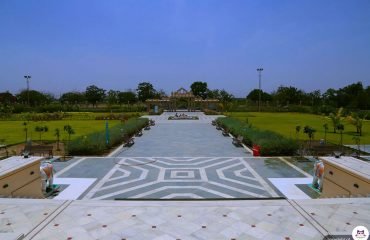
Situated at 17.1 kilometers from Surendranagar City in Gujarat state the Surendranagar Trimandir stands near Lok Vidhyalaya along Muli Road.
Location : Surendranagar – Rajkot Highway, Near Lok Vidhyalay, Muli Road, Surendranagar, Gujarat.
History
An area of 13,190 sqft encompasses the temple complex while the temple podium occupies 5,656 sqft. The temple complex includes a beautiful fountain located at the center and extends across 13,190 sqft with 5,656 sqft for the temple area and a lush garden featuring benches which surround the entire complex.
The temple contains an educational museum together with a small theater showcasing the life of GnaniPurushParamPujya Dada Bhagwan whose idea led to the construction of the Trimandir. His mission involved uniting all faiths while also having religions rediscover their origins in spirituality. His plan to build a non-sectarian temple represents one of multiple ways through which His vision continues to be accomplished. The museum receives 30,000 people throughout one year.
The Theme Shows and Puppet shows designed for children at the Store of Happiness accept visitors from all backgrounds. These shows instruct young people about essential life lessons which include developing perfect instructor-pupil connections as well as respecting parents while additionally learning strategies for preventing arguments and discovering methods to find genuine contentment.
All adults can join Sunday Theme Shows presented at the Satsang Hall. Theme Shows present complete answers regarding essential spiritual questions such as: What constitutes the main principle behind religions? Who am I? I need to understand how I can eliminate my spiritual burdens along with the process for discovering genuine everlasting bliss.
The Akshardham religious praxis celebrates every festivity from Gurupurnima to Rakshabandhan to Janmasthami to Ganesh Chaturti to Paryushan to Navrattri and Diwali and New Years on an extensive yearly basis. Multiple festivals at the temple receive guests who travel from India and from different parts of the world for attendance.
Best Time to Visit
5:30 AM – 9:30 PM
Best Time to Go
The most suitable period to visit occurs during festivals since you can participate in grand religious ceremonies.
2. Chamunda Mataji Temple – Chotila
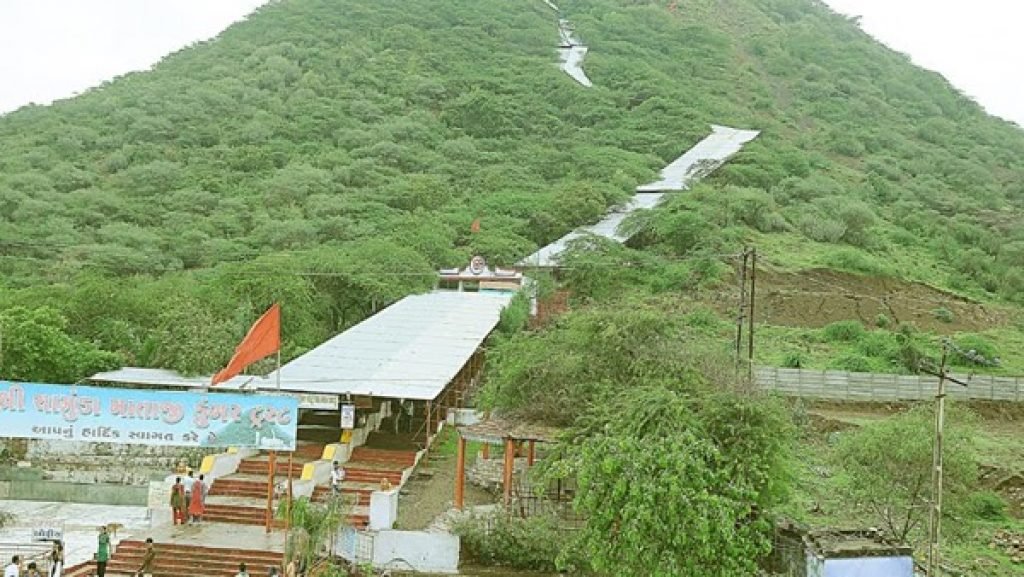
Chotila functions as the taluka head quarter of Surendranagar district in Gujarat where its residents amount to approximately 20,000 people. The Mataji temple has its location at the summit of Chotila Mountain. The elevation of Chotila Mountain reaches 1250 feet while it sits at a location that is 40 miles distant from Rajkot and 50 miles distant from Ahmedabad.
Famous Hindi film actress Dimpal Kapadia spent her birth at the Chotila location. As the firstborn child of Gujarati entrepreneur Chunnibhai Kapadia and Betty resides in Chotila. Several years ago her daughter Twinkle Khanna who is now married to Akshay Kumar paid a special visit to Chotila for the temple on the hill.
The region of Saurashtra lost its famous writer author poet journalist and freedom fighter Zaverchand Meghani when he was born at Chotila. The house where Zaverchand Meghani found his birth experienced neglect until people started to preserve it recently.
The narrative shows how Chand and Mund attempted to conquer Devi Mahakali but Mahakali defeated them and delivered their heads to Maa Ambika who ordered Mahakali to become known as Chamunda Devi.
3. Hawamahal – Wadhwan
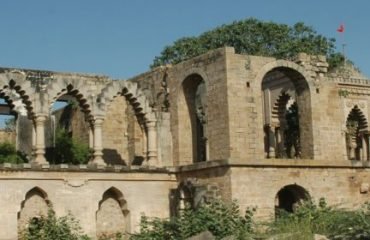
The travelers entering Vadhwan’s fortified area become spellbound by the minimalistic architecture from the kingdom period when Jhala Rajput rulers molded the regional culture. The Jainist culture stands out prominently in this area of Gujarat. The Surendranagar district of Gujarat contains Vadhwan city as an entity which exists 111 kms from the center of Ahmedabad. The royal appeal of the old times combined with Vadhwan’s calm atmosphere creates an entire society on its own.
History of Hawa Mahal and Vadhwan
The rule of Vadhwan rulers came from the Jhala Rajput clans who both managed their territory well while maintaining a socially engaged society. The rulers built defensive structures including gates around Vadhwan town for the protection of their people as well as their clan. The original city expanded outside these walls but traces of its old gates as well as fortification still exist today. The regional state government centered in Vadhwan used the name Vardhamanpuri up until earlier times when it received its current moniker from Jain Thirthankara Bhagwan Vardhaman. Dewan Bahadur became the title for Rawal family members who served as prime ministers to the princely state. During the rule of Rawals the government built multiple fundamental structures that spanned across 18th to the 19th centuries.
Tourist attractions Hawa Mahal and Raj Mahal stand as the most important palaces in Vadhwan which lies under Surendranagar district while all other structures follow Jain religious concepts. His Highness Balsinhji resided in this building in 19th century while enjoying access to exotic gardens and facilities including cricket pitches along with fountains and tennis courts and lily ponds.
Specialities of Hawa Mahal
The Jhala ruling period brought about construction of Hawa Mahal Vadhwan or ‘wind palace’ according to its name. The precise objective of its ambitious design remained unfinished because the structure was never completed. Outside the fort there is an unfinished region featuring architectural studies as well as construction works that halted during their development stage. The unfinished area allows visitors to see the architectural style that artisans applied during the construction of Hawa Mahal. The Sompura artisans currently participate as master sculptors during the execution of various Hindu and Jain temple projects.
Sompura Clan of Artisans
Among several Brahmin communities in Gujarat stood the Sompura Salat. They excelled in making specific kinds of buildings along with their position as master craftsmen. The Sompura Clan performed the construction of Somnath Temple that contains jyotirlingas. The Hawa Mahal Vadhwan construction began when these people initiated work activities. These people served restoration work for different temples across both Gujarat and other areas of India in recent years.
4. Varnindra Dham – Patdi
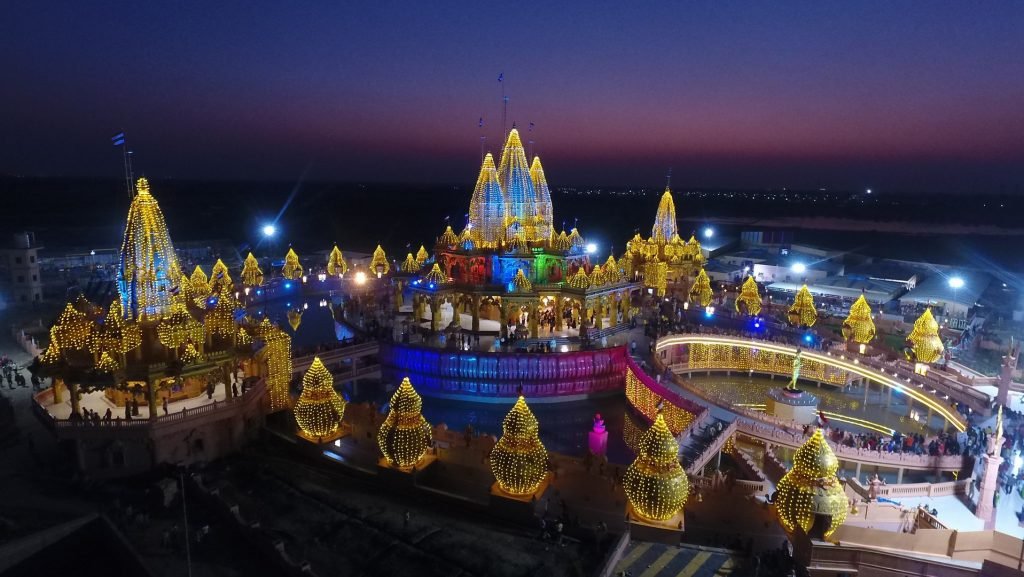
The Varnindra Dham Swaminarayan Temple stands as a beautiful temple on Patdi via Viramgam Gandhinagar Highway at Malvan Chokdi Patdi within Dasada taluka of Surendranagar District. The temple stands as the second component of Nilkanthdham Swaminarayan Temple located in Poicha. The following information presents key aspects of Varnindra Dham Swaminarayan Temple in Patdi.
More Information about Varnindra Dham Swaminarayan Temple Patdi
Varnindra Dham Swaminarayan Temple opened its doors to the public on 17 October 2017 during Dhanteras festivities in Patdi and stands at Viramgam Gandhinagar Highway.The shrine honors Lord Swaminarayan and receives management from Shri Swaminarayan Gurukul Surat which falls under Shree Vadtal Swaminarayan temple governance. The temple Opening Ceremony was concluded through the presence of Gujarat CM Shri Vijaybhai Rupani on 30th September 2017.
Visitors find the temple exceptionally attractive during nighttime thanks to its thousands of lights showcasing various colors throughout its compound which contains 35 tiny temples in 80 lakh Liters Water and two main temples and 24 divine manifestations of Lord God alongside South Indian Rajopchar temple and Solsopchar Bhagvad Seva Riti Darshan along with 108 Gaumukh Dhara Snan.
Pradarshani(Exhibition) represents the principal features of the Varnindra Dham Swaminarayan temple.In this Pradarshani visitors can experience similar attractions as those found at Sahjanand Universe Nilkanthdham Poicha.
Attractions of Varnindra Dham Swaminarayan Temple Patdi Pradarshani
- Bhagvadlila Charitra Pradarshani
- Science city
- Train Vihar
- Art Gallery
- Mirror house
- Aquariam
- Horrar House
- Short Film of Family life
- Light and sound show
- Multimedia Lesar Show
- 3 Wall Presentation Show
- Enjoy Park
- Boating
- Akhand Dhun
- Yagna Mandir
- Aarti Darshan
- Food Stall
5. Dholidhaja Dam
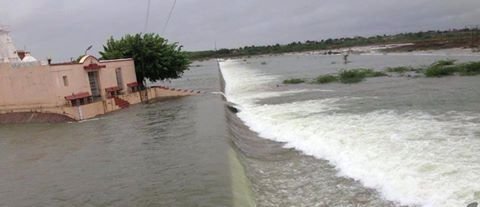
The Bhogavo River breathes vigorously under this site where your family can journey to a peaceful spot for day picnics. The location serves as a perfect spot to enjoy playful days with loved ones during weekend break. There are 22 gates deployed which create a scenic trail for people to enjoy bird watching in the beautiful water of the dam. You will get a complete revitalization from the pure fresh air that pervades this area.
A flood has hit the Dholi Dhaja Dam located across the Bhogavo River because the Narmada River transferred water to it. Due to its size as the biggest in Surendranagar district the dam provides essential water support for villages which experience dry conditions during the summer season.
The water that entered the dam will allow the inhabitants of Choltia and Wadhwan and the 27 Muli taluka villages to fulfill their daily requirements through irrigation. DeshGujarat
related articles : 10 Best Places to Visit in Kutch-Bhuj for Culture, Nature & History
Stay Informed With the Latest & Most Important News
Previous Post
Next Post
-
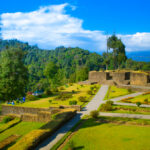 01Top 5 Best Places Visiting in Gyalshing – Monasteries, Lakes & Scenic Escapes
01Top 5 Best Places Visiting in Gyalshing – Monasteries, Lakes & Scenic Escapes -
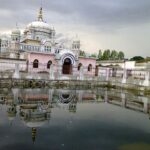 02Top 5 Best Places Visiting in Panna – Temples, Waterfalls & Wildlife Escapes
02Top 5 Best Places Visiting in Panna – Temples, Waterfalls & Wildlife Escapes -
 03Top 5 Best Places to Visit in Malerkotla – Malerkotla Fort, Sheesh Mahal & More
03Top 5 Best Places to Visit in Malerkotla – Malerkotla Fort, Sheesh Mahal & More -
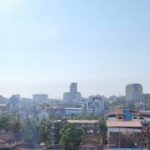 04Top 10 Best Places Visiting in Dakshina Kannad for Culture, Nature & Coastal Charm
04Top 10 Best Places Visiting in Dakshina Kannad for Culture, Nature & Coastal Charm -
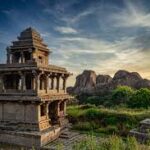 05Top 2 Best Places Visiting in Chitradurga for History, Nature & Adventure
05Top 2 Best Places Visiting in Chitradurga for History, Nature & Adventure -
 06Best Places Visiting in Shopian – Explore Top Attractions & Hidden Gems
06Best Places Visiting in Shopian – Explore Top Attractions & Hidden Gems -
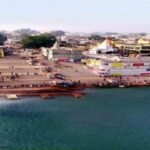 07Best Places Visiting in Narmadapuram – Temples, Waterfalls & Wildlife Escapes
07Best Places Visiting in Narmadapuram – Temples, Waterfalls & Wildlife Escapes














Pingback: Top 4 Best Places to Visit in Amreli – Travel Guide 2024